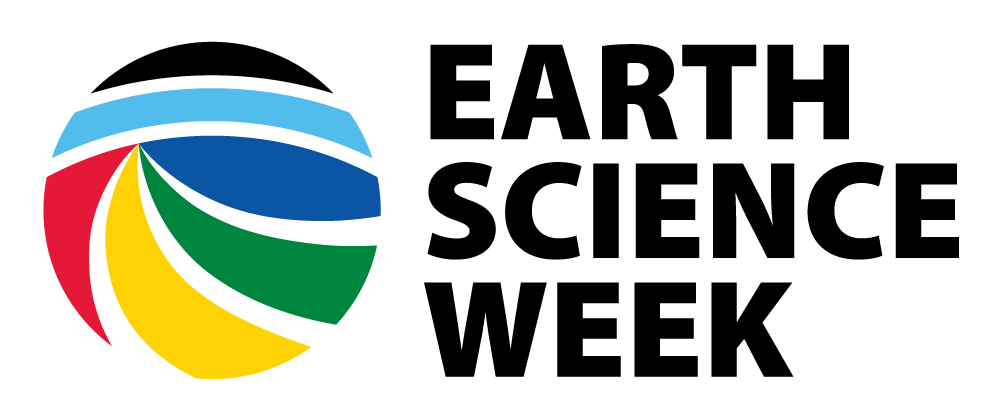A Model of Three Faults Activity Source: Adapted from the USGS Learning Web Lesson Plans
Background One of the most frightening and destructive phenomena of nature is a severe earthquake and its terrible aftereffects. An earthquake is a sudden movement of the Earth, caused by the abrupt release of strain that has accumulated over a long time. For hundreds of millions of years, the forces of plate tectonics have shaped the Earth as the huge plates that form the Earth’s surface slowly move over, under and past each other.
[Read More]
A Paste with a Taste
A Paste with a Taste Activity Source: Adapted by the MEC from Women in Mining Education Foundation Activities
Purpose To allow students to produce a “marketable” product made from minerals that are used by most people every day. Both the abrasive and cleansing compounds found in toothpaste, calcium carbonate and sodium bicarbonate, are minerals.
Materials Calcium carbonate (finely powdered unflavored TUMS will work) Sodium bicarbonate (baking soda) Small plastic cups (1 for each student) Popsicle sticks for stirring (1 for each student) Eye droppers (1 for each group) Plastic spoons (1 for each group) Water Assorted food colors and flavorings (sugar, mint extract, etc.
[Read More]
Aggregates Matter
Aggregates Matter Activity Source: Adapted with permission by Society for Mining, Metallurgy, and Exploration.
What do you know about AGGREGATES?
Crushed stone, sand and gravel are the three kinds of rock fragments that are called aggregates.
At the current rate of usage, every American will need 1.37 million pounds of aggregates in his or her lifetime.
Aggregates are mined in every state in the U.S.
Aggregates are the most commonly used mined rocks in all countries of the world.
[Read More]
Awesome Fossils
Awesome Fossils Activity Source: National Park Service.
Adapted with permission.
Any evidence of past life preserved in a geologic context, such as within rock or sediment, is called a fossil. In this activity you will work as a paleontologist — a scientist who studies fossils to understand ancient landscapes, climate, and life on Earth — to find and identify fossils.
The National Park Service preserves fossils of many types of organisms and traces evidence of their living behaviors, such as making tracks and burrows.
[Read More]
Birdseed Mining
Birdseed Mining Activity Source: “Birdseed Mining,” Women in Mining Education Foundation, 2005. Adapted with permission.
Background Mining is a complex process in which valuable or useful materials are removed from large masses of rock.
Materials Wild bird food - any birdseed mix that contains sunflower seeds and at least two other seed varieties Shallow pans Small beads (approximately 2mm) in blue, gold, and silver Medium beads (approximately 4-6 mm) in white Procedure Organize groups of four to six students.
[Read More]
Carbon Travels
Carbon Travels Activity Source: Adapted with permission by NASA.
We find carbon everywhere on Earth ─ in trees, rocks, fossil fuels, oceans, and even you! Carbon doesn’t stay in one place, through. Scientists study how carbon moves from one place to another. This is the carbon cycle.
The Industrial Revolution, starting in the 1700s, saw a move to large-scale manufacturing and the use of new technologies, such as steam power and electricity.
[Read More]
Chemistry of Burning
Chemistry of Burning Activity Source: The University of Texas at Austin Bureau of Economic Geology. Provided by Association of American State Geologists. Adapted with permission.
Why is CO2 increasing in the atmosphere? Who is doing it? Many people think that CO2 is “pollution,” so that clean burning should be a way to eliminate greenhouse gas emissions. In this demonstration, we review basic chemistry (see illustration) to realize that producing CO2 is an inevitable product of burning any fossil fuel.
[Read More]
Chocolate Rock Cycle
Chocolate Rock Cycle Activity Source: The Geological Society of London. Adapted with permission.
How sweet is this activity? It’s an introduction to the rock cycle using chocolate!
Chocolate can be ground into small particles (weathered), heated, cooled, and compressed — just like rocks. Unlike rocks, chocolate can undergo these processes safely and at reasonable temperatures.
Use your chocolate to create “sedimentary,” “metamorphic,” and “igneous” chocolate. And at the end of it all, make a tasty treat!
[Read More]
Connect the Spheres
Connect the Spheres Activity Source: Adapted with permission by National Aeronautics and Space Administration, Global Precipitation Measurement Mission.
This activity will provide you with an introduction to a series of lessons — Survivor Earth — about water resources on Earth. You’ll investigate Earth systems by making observations in nature and identifying systems in the natural world. Ultimately, you will understand how the four spheres, or systems, on Earth — biosphere, hydrosphere, geosphere, and atmosphere — are interconnected.
[Read More]
Core Sampling
Core Sampling Activity Source: Society of Petroleum Engineers. Adapted with permission.
Core samples are small portions of a formation taken from an existing well and used for geologic analysis. The sample is analyzed to determine porosity, permeability, fluid content, geologic age, and probable productivity of oil from the site.
Drilling is the only way to be sure that oil and gas fields exist and exactly what is present in the formation.
[Read More]
